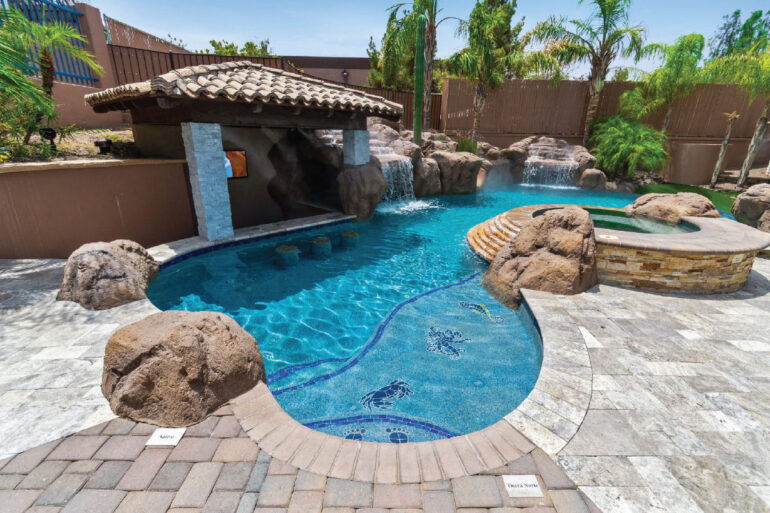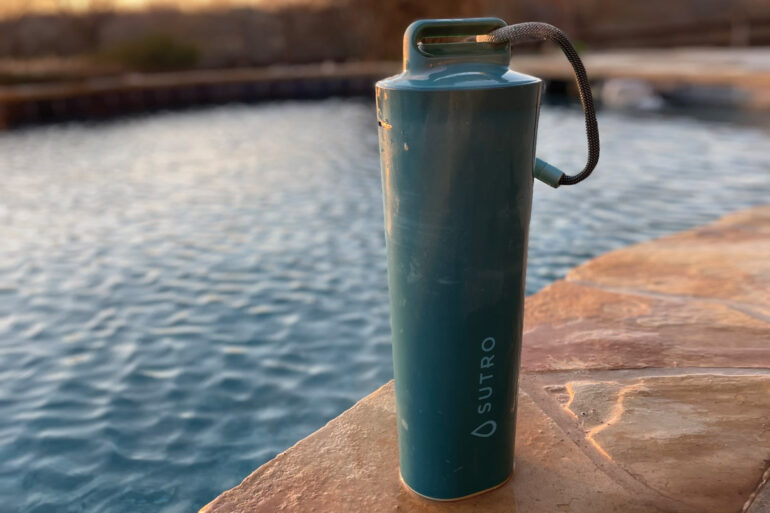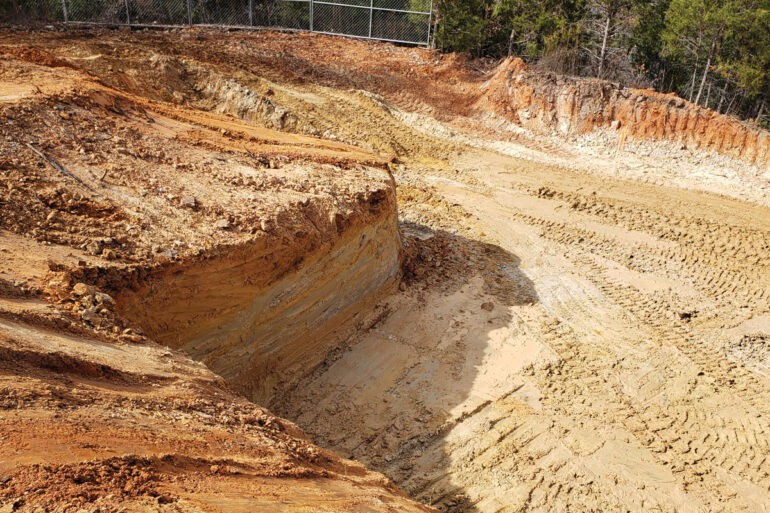A Glacial Pace
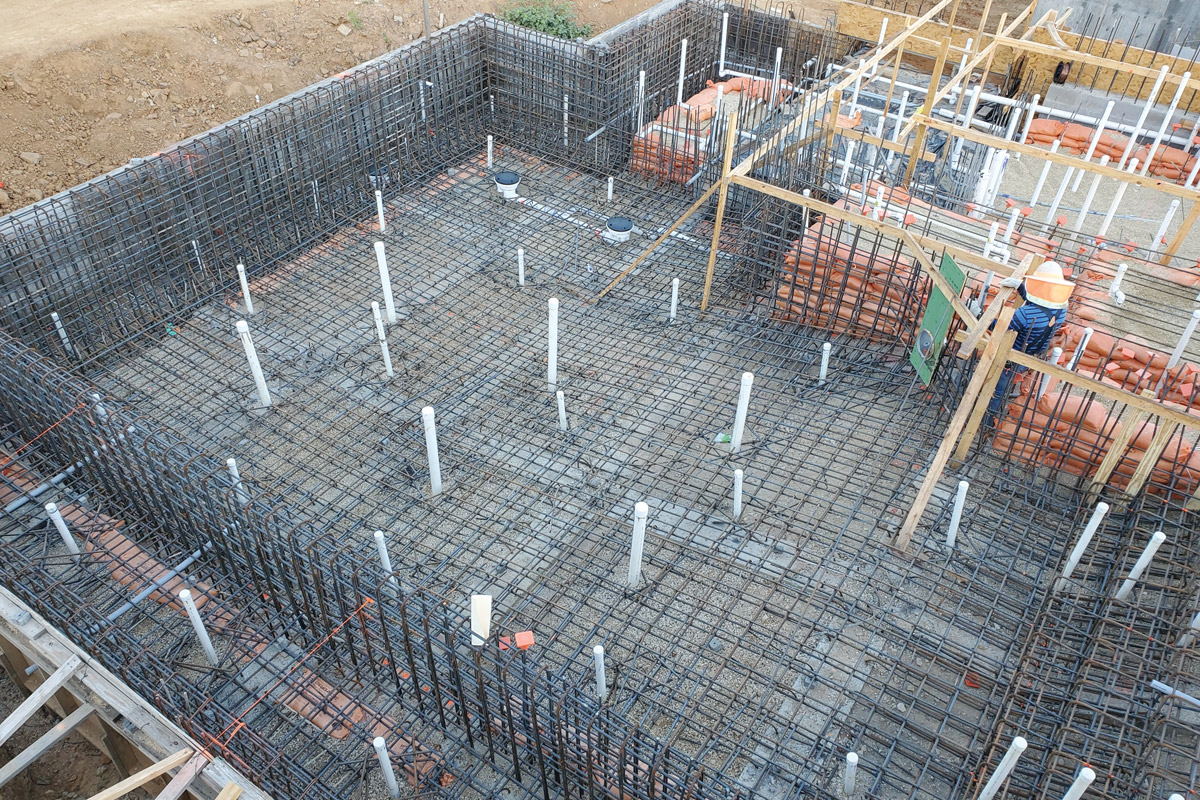
Despite that there have been many pool industry positives to come out of the past couple of years, the pool building permit process has seen its share of issues.
“The pandemic has had significant negative impacts to permitting projects,” says Jeffrey Anderson, managing member at Mayan Pools & Sports Construction in Atlanta.
Mayan Pools builds in a historic district of Atlanta, where the permit process includes several steps, starting with historic preservation for approval of renovations, then to the zoning office for review, and then to the office of buildings to review and issue the permit.
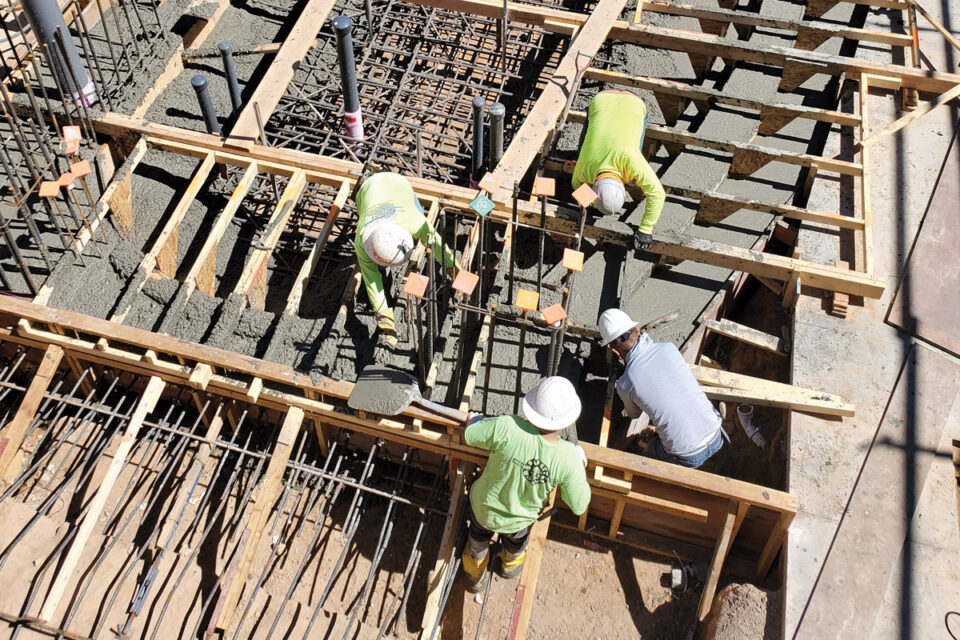
The primary residential pool permit jurisdiction Mayan Pools submits documentation to is closed to in-person visits, so Anderson’s team uploads documents to an online portal, which he says is bogging down the system. This has resulted in a typical wait time of three to four months for approval on a standard residential pool permit without any variances or special exceptions. Permits that include variances or exceptions can take two to three months longer.
Additionally, checking on a permit status is a chore. “If you wanted information, progress updates or answers, you had to find the new numbers to reviewers, familiarize yourself with the new portal, file naming conventions, pipeline sequences and so on just to get the permit approved,” explains Anderson.
Adding to the overload, Mayan Pools’ jurisdiction was, at one point, trying to process double the number of permits compared with pre-pandemic numbers because of the major influx in pool builds.
For Rick Chafey, co-owner of Red Rock Contractors and Red Rock Pools & Spas in Chandler, Arizona, the pandemic brought a variety of changes to the permit process. The pool building side of the business performs work in the Dallas-Fort Worth and Phoenix areas, whereas the design business pulls permits in many states and cities.
“They are unfortunately all very, very different,” Chafey says. Boulder County, Colorado, for example, has a rigorous process, he says, requiring energy offset calculators, many layers of barrier/pool protection, extensive details and more, while no major information is needed in most of Arizona.
However, Chafey says most cities where his team works have corrected backlog times now and are almost all or exclusively online submissions rather than counter intake. For Chafey, permit turnaround time is now around 20 to 30 days.
Chafey says the municipalities that typically cause the largest issues are unincorporated areas with less sophisticated processes. That said, for Chafey the delays have a silver lining.
“We are struggling to get crews on site in any reasonable time frame anyway, so the permit process often buys us time to get the trades in place and is usually well understood by the clients,” he says. “Ninety percent of the jurisdictions that we submit to across the nation seem to be more and more online only, which is better overall, and many have updated portals to be able to see the status. It allows us to check in, screenshot status and keep our clients up to date as well.”
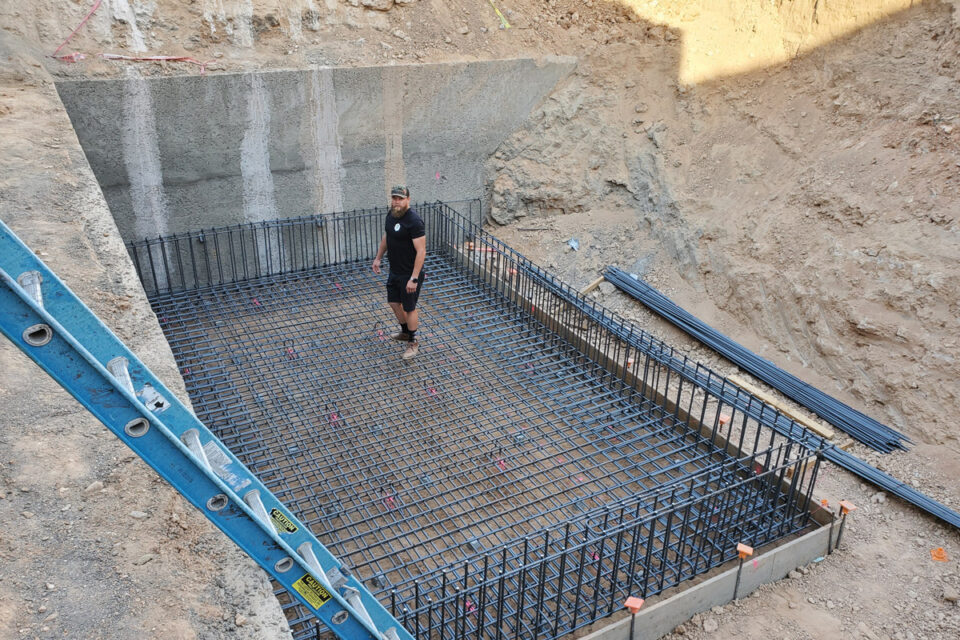
Anderson proposes that, rather than relying on directories, new builders keep their own running list of municipal contacts for the permit process. He also advises builders to obtain a detailed list of permit procedures with the steps outlined in the order they must be completed, and to stay in weekly contact with the permit office to keep on top of the permit’s progress.
“Recognize that codes are continuing to become more consistent across the nation, and submittal requirements are also trending to become more intensive,” Chafey says. “Know what you don’t know. Realize there are amazing options nowadays for education such as Watershape University, Ask The Masters, Genesis or through the manufacturer. Get better educated [on] submittal requirements. Also recognize there are design consultants available to help with complicated structures.”

